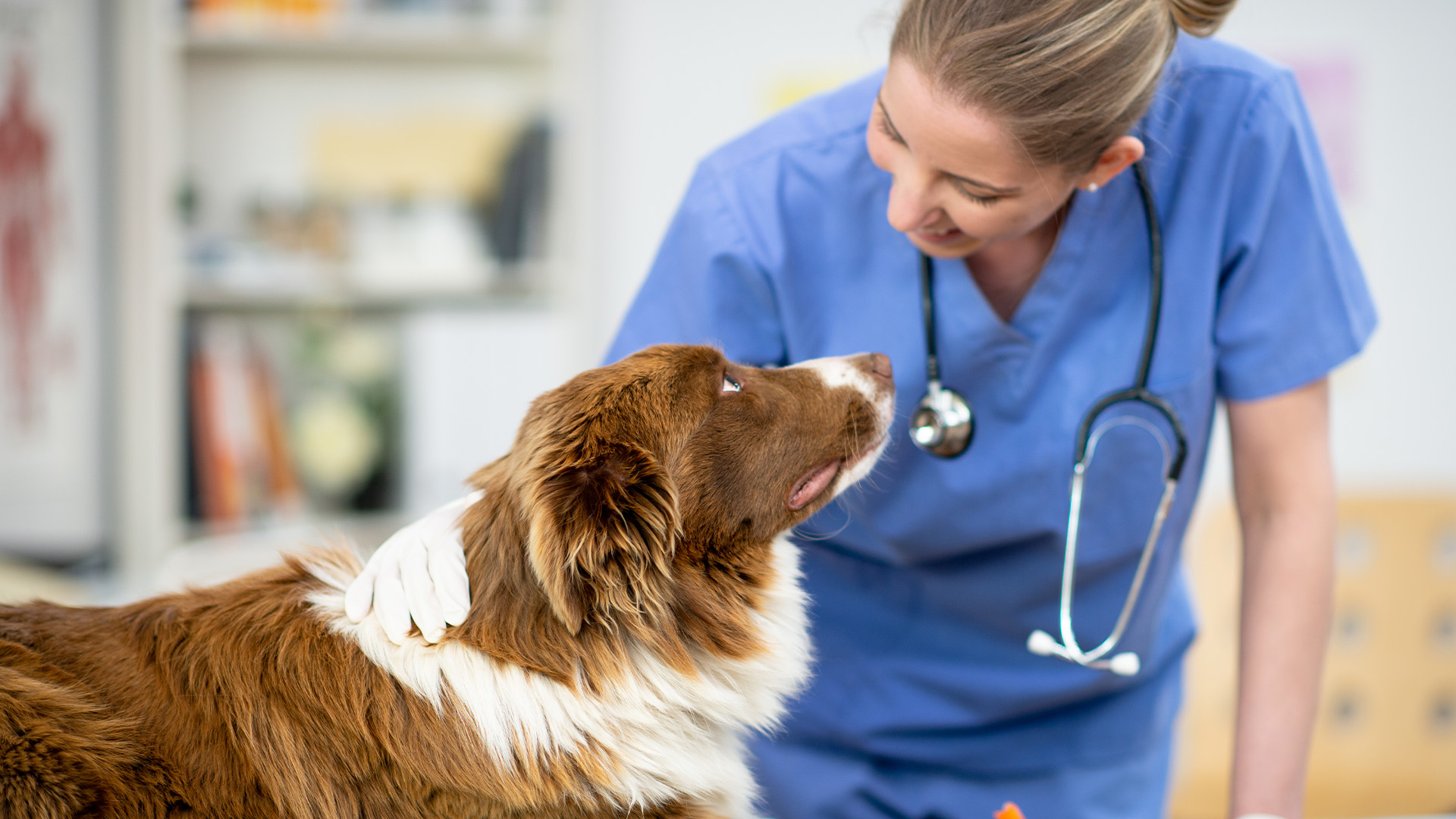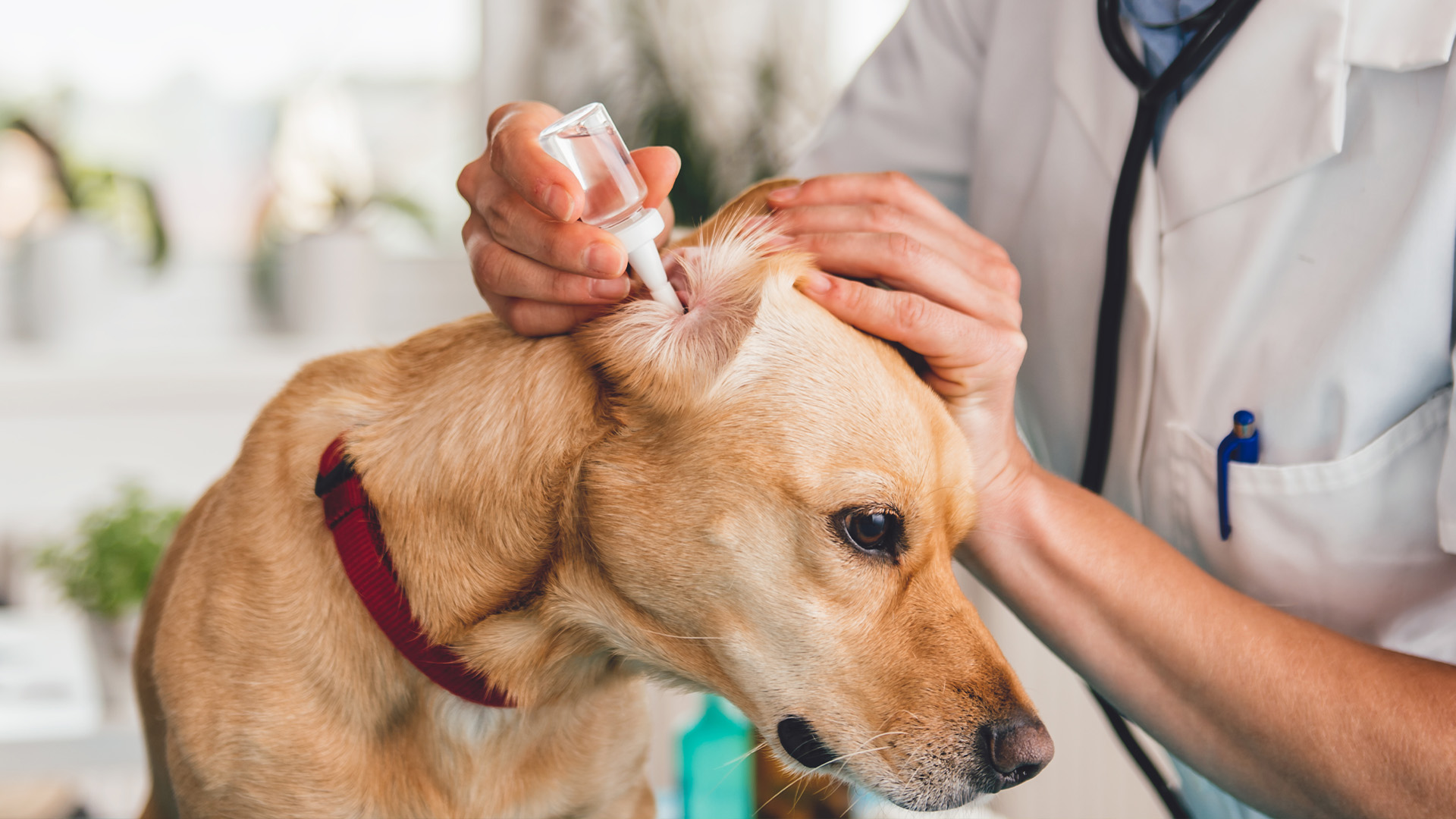Vet shares advice to prevent ear infections in dogs
Most owners don’t realize there’s something wrong until the ear infection’s more established

Dogs can’t tell us when they’re unwell, and it isn’t always easy for us to work out if there’s an issue.
Take ear infections as an example. They’re fairly common in dogs, but we won’t necessarily pick up on the signs of an ear infection straightaway. When a dog shakes their head and scratches their ears, as they might when there’s an infection, we can write it off as usual canine behavior.
However, untreated infections can be dangerous, leading to hearing loss, chronic pain, and sometimes even the need for surgery. Realizing that your dog might have an ear infection and getting them to the vet can save a lot of time and effort in the long run, and spare them a lot of pain and discomfort.
According to research by the Royal Veterinary College (RVC) from 2021, ear infections are the second most common specific disorder in UK dogs, with one in every 14 dogs suffering.

So we can best help our pups, Dr Aimee Warner, resident vet at UK-based pet insurance company Waggel, has offered three things every dog owner should know about ear infections. Let’s take a closer look here:
1. Some breeds are more susceptible
“The RVC study revealed that certain breeds are significantly more predisposed to ear infections,” Dr Warner says. “Basset hounds are 5.6 times more likely to develop ear infections compared to crossbreeds, while Labrador Retrievers, golden retrievers, and Cocker Spaniels all showed elevated risk.”
Dogs with pendulous, or floppy, ears, and those with hair-filled ear canals, are particularly susceptible because of reduced airflow and moisture retention.
Get the best advice, tips and top tech for your beloved Pets
2. Symptoms can be subtle at first
Many of the early signs, like scratching and head shaking, can be dismissed. The more obvious symptoms, like redness, swelling, discharge, and odor, tend to appear later on.
“By this stage, the infection is typically more difficult to treat and may have already caused significant discomfort,” says Dr Warner.
3. Recurrence is common when not addressed
“Without identifying and managing predisposing factors, ear infections in dogs often recur,” she explains. “Addressing underlying causes, such as allergies, swimming habits, or anatomical features, is essential to prevent chronic ear issues.”
So, to help your pup, what can you do? Dr Warner recommends the following:
- Regularly check your dog's ears – they should be odorless, relatively clean, and pale pink.
- Gently clean ears, particularly after swimming or bathing, and never use cotton swabs too deeply – here’s how to clean dog ears
- Address underlying allergies with advice from your vet.
- Learn the early warning signs for infection, like head shaking, redness, and ear scratching – why is my dog shaking his head?
- Use vet-approved products for preventative ear cleaning if your dog is from a high-risk breed.
- Seek veterinary attention at the first sign of discomfort.
Veterinary Formula Clinical Care Ear Therapy | Amazon
Created by vets, this ear solution has been formulated to help promote healthy ear canals and comes with a dropper for easy application. Ideal for daily care and weekly maintenance, it helps breakdown buildup in the canal that may be causing foul odors and itching, scratching, and head shaking.
Read next: Ear mites in dogs and deafness in dogs

Adam is a freelance journalist specialising in pets, music and culture, and mental health and wellbeing. He investigates and writes the large majority of news on PetsRadar, and collaborates with veterinary experts to produce informative pet care content.
Adam has a journalism degree from Southampton Solent University and a masters degree in Magazine Journalism from Cardiff University. He was previously senior editor at dog advice website DogTime.com, and has also written for The Independent, GoodToKnow and Healthline.
He owns two rescue cats, Bunny and Dougie, and has also previously had a rabbit, fish and Roborovski dwarf hamsters.

